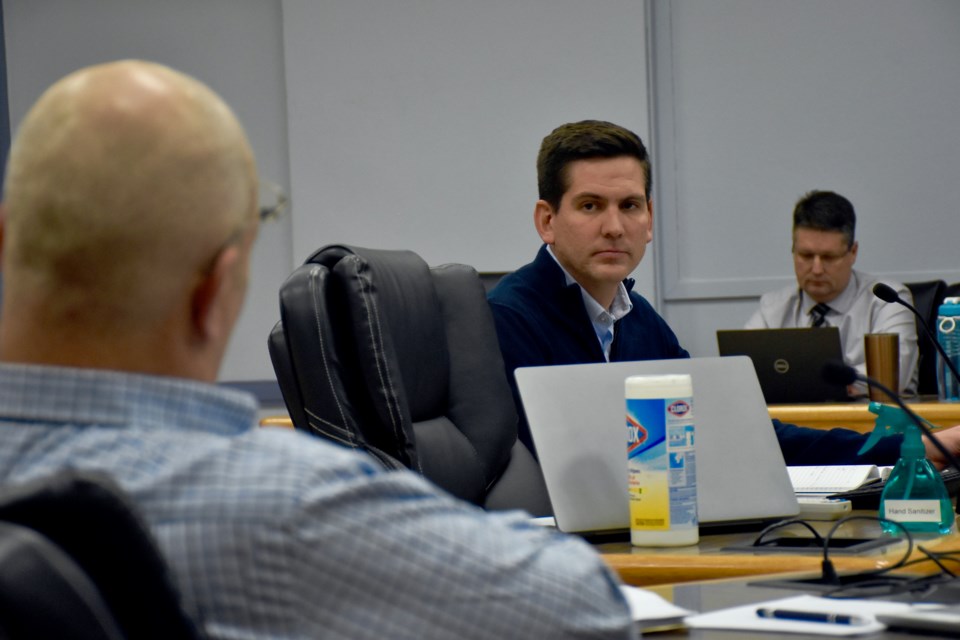As budget season gets underway, Timmins council has had its first look at the proposed hike for water and sewer rates in 2023.
The proposed increase is about 4.3 per cent and would see the average five-room household pay an extra $56 — $23 for water and $33 for wastewater.
It's slightly higher than the 2022 increase, which was $53. The year prior to that the rates went up $50.
“One thing that we’ve really tried to do with our budgeting this year is to try to get our budgets more in line with actuals from prior years,” said Greg Paquette, deputy treasurer, in his Dec. 6 presentation.
There was little discussion on the item. Ward 5 Coun. Steve Black was the only person to make a public comment in opposition, saying he won't support the plan — similar to his stance on the increases from 2010 to 2018 during previous terms at the table. He also questioned if the rate increases are the same moving forward.
If the city sticks with the 10-year plan approved in 2021, in 2024 the average rate increase would be $63 and it increases every year up to 2030 when the hike is $83.
Capital projects
There is a "pretty aggressive capital plan" proposed for 2023, said Paquette.
The top-ticket items for water distribution are $2.75 million for watermain lining, $1.85 million for the Crawford Road watermain, and $1.2 million for the Connecting Link work, which includes the 2023 work as well as the section not finished in 2022 that will have to be done next year. There's also over $1 million of capital work proposed for the water plant.
For the Crawford watermain, Paquette said the city has applied for funding in prior years and was denied. At previous meetings, staff have explained there is only one water line servicing the area east of Crawford and when there's a break on it, all of the water is shut down.
“Now we’re pushing forward with this project as it is a high consequence of failure when this goes down,” Paquette said.
For wastewater collection, the biggest expense could be over $1 million for various sewer lining projects, followed by $900,000 for Connecting Link work. There's also $515,000 budgeted for sewer repairs and $221,450 for sanitary sewer camera inspections using CCTV.
The city also plans to use gas tax funding for some projects. There is $1 million earmarked to finish the McIntyre Lift Station and $1.4 million to offset the costs of the lining projects.
“We also have a funding application in to offset 70 per cent of the cost the co-digestion design, which we had OCWA in last year to discuss,” he said.
A business case for water metres
Water metres will be on the agenda in January.
"We received a modernization grant to bring forward a business case for implementing water metres instead of continuing on with our use of room count as our main driver,” said Paquette.
Coun. Lorne Feldman is happy that water metres are up for discussion. It's a concern he's often heard from people saying they aren't using a lot of water, but are locked into a rate based on the number of rooms in their house.
He questioned if there's a way to measure how much water's being used versus the revenue the city's making on the rates.
"In other words, if your water bill’s $100, are you using $100 of water because people are concerned this was maybe becoming a profit centre where you're handing out $500 of water, but the bill is $700. And I know the city’s not doing this intentionally, but is there a way to measure that?” he questioned.
Paquette explained that the majority of the water and sewer network's costs are fixed.
“There’s 230 kilometres of watermains that have to be maintained and repaired. There’s a whole plant that needs to be maintained and operated and eventually replaced and that’s where the majority of the costs are associated with water,” he said, adding is someone feels they're paying too much they can voluntarily switch to a water metre.
